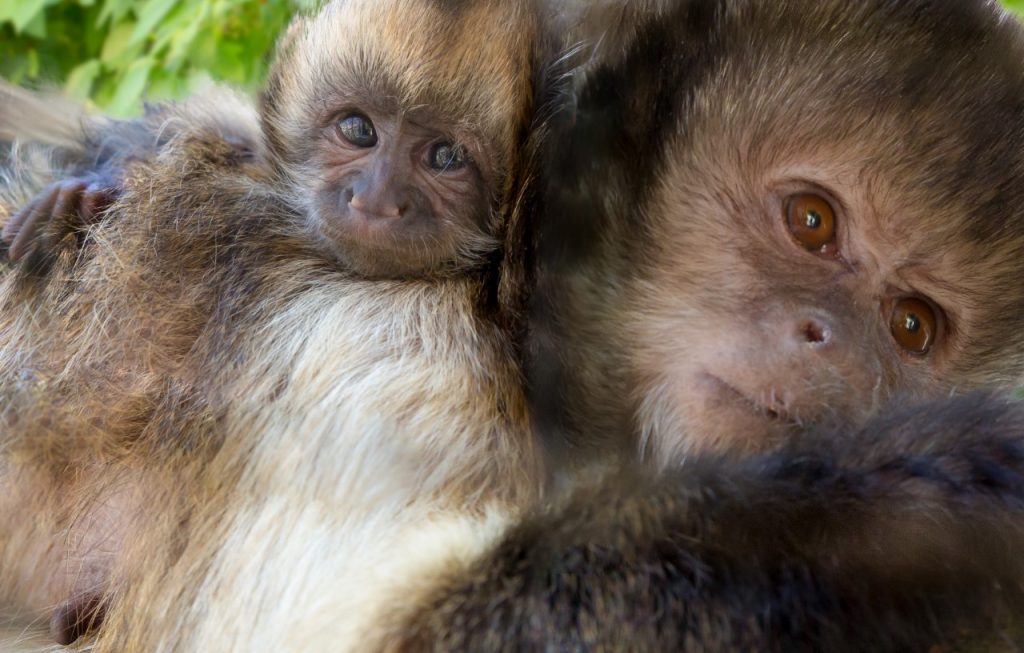Possible Dietary Influence on Hepatobiliary Cancer in Sloth Bears (Melursus ursinus)
Citation
Arnhold W, Schrauzer GN, Heuschele WP. 1995. Possible dietary influence on hepatobiliary cancer in Sloth Bears (Melursus ursinus). In Proceedings of the First Conference on Zoo and Wildlife Nutrition, AZA Nutrition Advisory Group, Scarborough, OT.
Abstract
Compared with other bear species, sloth bears have an unusually high incidence of hepatobiliary neoplasms in captivity. Due to their highly specialized diet in the wild, there is a possibility that in captivity their diet may cause or promote hepatobiliary carcinogenesis and/or may lack certain food components which may inhibit carcinogenesis. A survey among zoos keeping sloth bears shows that their diet in captivity often contains considerable amounts of fat, which could be one cause of bile duct cancer of this species, because the main food components in diets of wild living sloth bears are fruit, ants, termites and honey. Ants and termites contain formic acid; honey contains propolis and other bioactive components. Both formic and propolis are known to inhibit carcinogenesis in laboratory animals. Dietary calculation and chemical analysis rule out a deficiency of antioxidants (selenium, vitamin E, carotenoids). A change of sloth bear diet in captivity to more closely correspond to their natural diet is recommended.
 Hepatobiliary Cancer in Sloth Bears.pdf 77 KB
Hepatobiliary Cancer in Sloth Bears.pdf 77 KB








